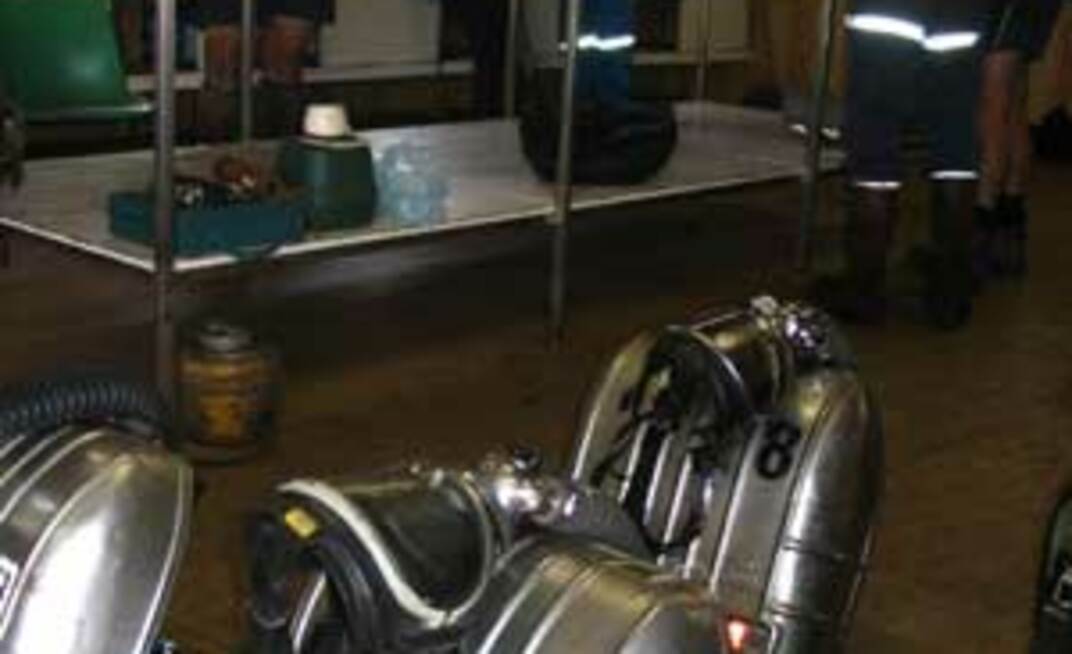DuPont, one of the world’s largest industrial science groups, also offers specialist safety training to the mining industry.
According to DuPont, safety training is different from other forms of education because it requires more than information.
“Information about regulations, requirements, and work procedures is certainly very important, but people also need to be able to do the things they are required to do and believe that what they are doing is worth the effort,” the company said.
“Effective safety training does more than transfer information: it changes thinking and behaviour, and that requires a little more effort than putting facts in a handout or popping in a DVD.”
The most effective safety training includes these key components:
- Relevance
- Different modes of learning
- Application
- Awareness
- Reinforcement
Relevant training stays with learners
“Like all adult learning, safety becomes a meaningful topic when it is relevant to learners. That means their training is conducted in the context of their everyday work; it contains information that they need to use, and they understand why it’s important for them to use it,” the company said.
For instance, training about personal protection equipment (PPE) is good, but it becomes relevant when you talk about the specific types of equipment that people are required to use in their workplace, the hazards found in the workplace that the PPE addresses, and the types of injuries that the PPE prevents.
Different modes of learning work for different people
DuPont said good safety training uses different modes of learning to ensure that all learners get information in a way that is understandable and meaningful.
Educators have established that are three basic modes of learning: visual, auditory, and kinesthetic. “In other words, some people learn best when they see or read information; others by hearing; others by doing,” the company said.
A balance of audio, text, video or graphic images, and hands-on learning will reach everyone at some or all points of the training.
“Another consideration is the delivery modes that you choose for your training. It’s best to use a variety of media for your training so you can tailor the delivery mode to the learning that needs to be accomplished.”
For example, learners may prepare for a class by doing some assigned background reading through the internet or e-learning and then come to class to see how that background information is applied to their work situation and practice some of the skills that they need.
Finally, they can go into the workplace to try their new skills in the real world.
Use it!
Safety training should be active, not passive, and learners need to take the concepts and skills that they have read about or seen demonstrated and use them in their own work environment.
“This builds understanding and value for doing the job the right way – nobody ever learned how to ride a bike by reading about it.”
“Give your employees a chance to put mind and body together and ensure that they will have success carrying out their safety training”
An ounce of awareness is worth a pound of rules
It’s not possible to make enough rules to cover every possible safety hazard or problem, and then monitor all your employees to make sure they’re following all the rules, DuPont said.
“It is much better to use your safety training to raise their awareness of safety and make it part of their everyday thinking, once you become aware of something, it can be hard to ignore.”
It’s like being asked to notice all the blue things that are in a room, you may not have noticed anything blue at all until it was called to your attention but once you’ve been made aware of it, you see blue everywhere, the company said.
When you give people that kind of lens, or framework for looking at safety, you are training them to be actively aware.
“Apply this approach to making employees aware of safety issues in the workplace, good as well as bad, the need to recognise them, good and bad, and address them when necessary. Then you have employees who ask ‘What might happen?’ rather than ‘What do you want me to do?’,” DuPont said.
Applies to all
The best and most effective safety training is training that is reinforced and lived every day. It’s not a set of rules that one group of employees has to follow. It becomes a way of working that everyone from every level of the organisation adopts and lives.
“In this way, training makes the transition from safety information and skill development to being part of the safety culture. Management and executive staff need to know what safety training is being conducted, how they can support it, and how their behaviour should reflect what their employees are learning,” the company said.
When a manager is following the safety guidelines that workers have learned in their safety training, the knowledge and the motivation for using that knowledge is reinforced.
“Choosing effective safety training should be more intentional than picking an appealing title out of a catalog – it requires thought, investigation, and careful consideration of how that training will make a lasting, positive impression on your safety knowledge and culture,” the company said.
“And in the long run, it will make a tremendous difference to the safety of your workplace.”
























